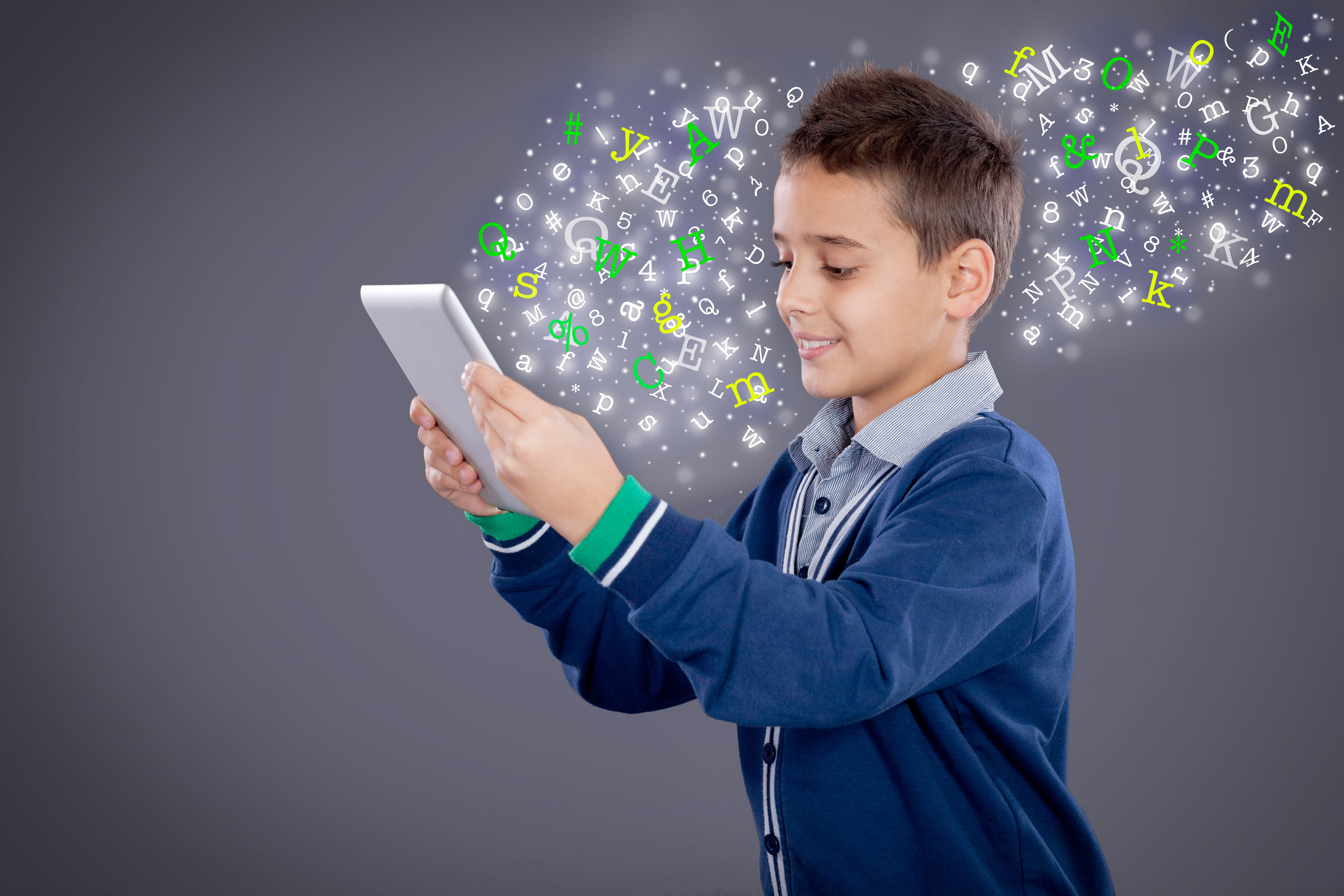GADGETS GIZMOS GEEKS – By Manil S Dodani
LEARNING ON THE FAST LANE
With the advent of technology, the process of learning has gone further than the four walls of a classroom and now exists at the tap of an app on our phones. Here we give you the details of new age learning at the touch of your fingertips
Learning is defined as the acquisition of knowledge or skills through study, experience, or being taught. Conventional learning takes place in the classroom and the unconventional ones for example, Sachin Tendulkar, learnt on the field; no classes, no coaching. Conventional learning is slowly inching its way to subversion. You can now learn a new skill everyday in about 10 minutes. No, I’m not kidding. 10 minutes can teach you basic Morse code, how to tie a necktie, how to play chess and even how to save a life. All of this in the palm of your hands, or rather, on your smart phone, to be precise.
Put your hands together ladies and gentlemen, M-learning is here. If the Nielsen India report (2013) is to be believed, there has been a 22% increase in ownership of smart phones in the 16-18 years age group. M-learning has relied heavily on this demographic to become a new age convention in the digital learning arena. With this giant leap in smart phone ownership amongst students, M-learning has become the go-to option for bite sized, on demand, and easy to absorb courses. Information overload via hand held devices have translated into shorter attention spans, hinting developers to build apps that can impart information while keeping things interesting.
THE ADVENT OF M-LEARNING
Just to be clear, IIN is NOT m-learning. E-learning on a mobile device is also (contrary to popular belief) NOT M-learning. There is a glaring difference between an E and M in the digital learning space. Mobile phone screens being smaller in size than computer screens limit the amount of information that can be displayed, thereby changing the way we are shown information and graphics. Recall Android’s latest design principle ‘Material Design’ that displays information in a layered, colourful style on new mobile phones. Ever Google searched “how to tie a tie” and been blasted in the face with pictures and information that explain how to do one of the most basic tasks in life? If yes, read on. If no, still read on.
So the first search result is a video and skip down a few and you’d reach Wikihow’s search result which lists 4 ways to tie a tie. Other websites also list which fabric of tie, colour combinations, or ensemble you should choose. Now, follow the above method if you have a lot of time to spend on your neck but if you don’t – there’s an app for that. Again, not kidding, ‘How to tie a tie’ is available on the App and Play Stores. The app simply tells you exactly what you are looking for, nothing else.
This is why M-learning has become popular in the first place. It’s simple, fast, and gets you what you want. E-learning on the other hand requires a desktop, a boring workplace/ holiday at home and copious amounts of time. An average E- learning session can last for 20+ minutes whereas a mobile session is shorter, 3-5 minutes at the most, quick satiation for on-the-go knowledge hunger.
WHERE CAN I M-LEARN?
M-learning has carved two niches to be honest. Niches, whose applications choose to defy imagination even.
EDUCATION
IB schools in India (a whole pack of them) have now implemented iPad learning in classrooms. The curriculum is designed to work in sync with apps and online resources that can be conveniently accessed from an iPad. To illustrate, a popular IB school in Mumbai teaches French pronunciations, correct writing syntaxes and grammar with an app called Busuu, all of this encapsulated for 15 minutes in every 50 minute lecture. A popular technique called Mobile Assisted Language Learning is being harnessed here. M-learning in the 21st century is helping produce digitally native kids, who seem to know more about every gadget there is than the very people who gave birth to them.
CORPORATE WORK LIFE
M-learning is proving to be a savior at the workplace especially for jobs that require a high level of technical acuity. Take for example, Lockheed Martin. The world’s largest weapon manufacturer has developed an app with a graphic based pre-flight checklist for a transport plane it sells. The crux of the app is: visuals. Visuals have been proven to be more powerful in creating an understanding of a particular subject. Even more understanding required before someone lets a $62 million aircraft take off.
ENTERPRISE TESTING AND RESEARCH
Apps are slowly becoming India’s tech future. With online giant Flipkart announcing to shut down its website by next year and move entirely to app selling, this unprecedented move has signalled others to get their move on too. M-learning steps in for enterprises to test new apps as well as conduct market research efficiently by first testing a random sample of population and then implementing crucial changes. The importance of testing apps that help you learn cannot be stressed enough. If users encounter bugs or difficulties in understanding, interpreting or otherwise assimilating information, the app will most likely fail to solve its purpose.
In an age where the most common tech maxim is “There’s an app for that”, M- learning is like a breath of fresh air, at least you’d learn something new that’ll help you post Class 12th.
Volume 4 Issue 11





























